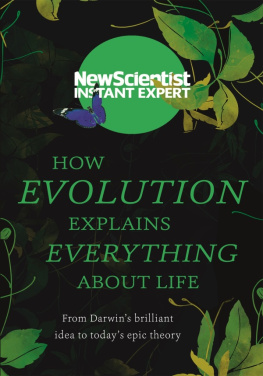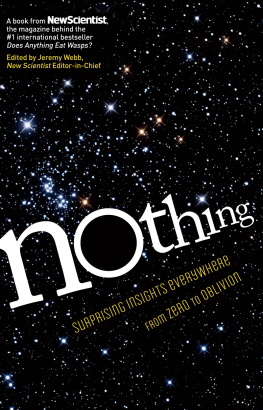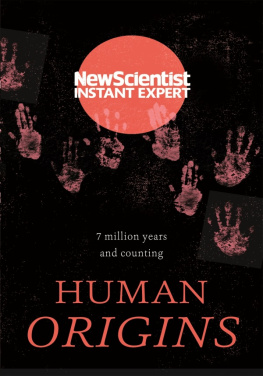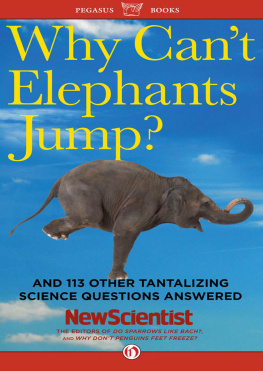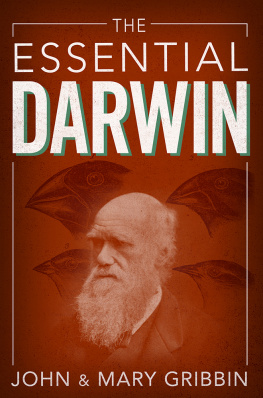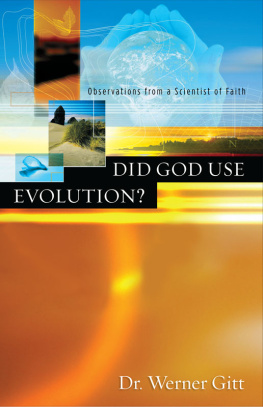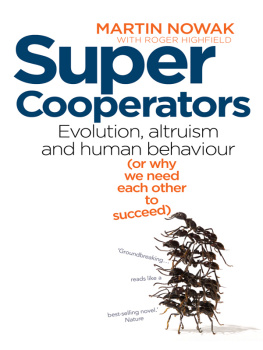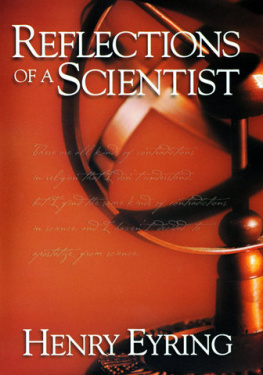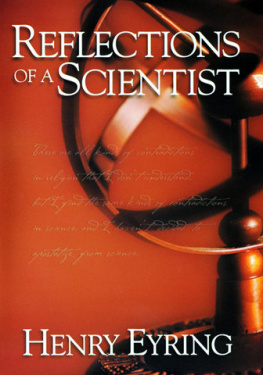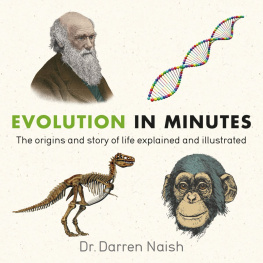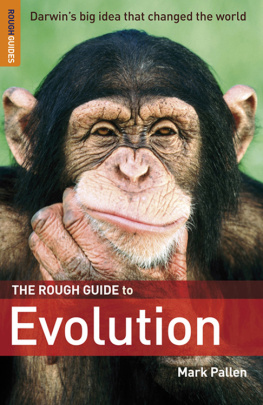How Evolution Explains Everything About Life
From Darwins brilliant idea to todays epic theory
NEW SCIENTIST
Contents
Series introduction
New Scientists Instant Expert books shine light on the subjects that we all wish we knew more about: topics that challenge, engage enquiring minds and open up a deeper understanding of the world around us. Instant Expert books are definitive and accessible entry points for curious readers who want to know how things work and why. Look out for the other titles in the series:
The End of Money
How Your Brain Works
Machines That Think
The Quantum World
Where the Universe Came From
Your Conscious Mind
Contributors
This book is based on articles previously published in New Scientist together with specially commissioned content. It is authored by a range of experts
Editor: Alison George, Instant Expert editor for New Scientist. Alison has a PhD in biochemistry and worked as a microbiologist with the British Antarctic Survey.
Adrian Bird is professor of genetics at the University of Edinburgh. He wrote about epigenetics in .
Sue Blackmore is a psychologist, lecturer and writer researching consciousness, memes and anomalous experiences, and is a visiting professor at the University of Plymouth. She wrote about memes in .
Peter Bowler is a historian of science specializing in evolution, and emeritus professor at Queens University Belfast. He wrote about the genetic revolution of evolution in .
Lee Alan Dugatkin is professor of biological sciences at the University of Louisville. He wrote Taking it personally in .
Steve Jones is emeritus professor of human genetics at University College London. He wrote On the Origin of Species Revisited, .
Kevin Laland is professor of behavioural and evolutionary biology at the University of St Andrews. He wrote Evolution evolves: Beyond the selfish gene in .
George Turner is Lloyd Roberts Professor of Zoology at Bangor University, specializing in cichlid fish biology and evolution. He wrote about how new species form in .
David Sloan Wilson is professor of biological sciences and anthropology at Binghamton University. He wrote about group selection in .
John van Wyhe is a historian of science at the National University of Singapore and founder of Darwin Online (darwin-online.org.uk/). He wrote about how Darwin and Wallace came up with their theory of evolution in .
Thanks also to the following writers and editors:
Claire Ainsworth, Colin Barras, Michael Brooks, Mark Buchanan, Michael Chorost, Bob Holmes, Rowan Hooper, Dan Jones, Simon Ings, Shelly Innes Graham Lawton, Michael le Page, Alison Pearn, Paul Rainey, Penny Sarchet, John Waller.
Introduction
One general law, leading to the advancement of all organic beings, namely, multiply, vary, let the strongest live and the weakest die.
So wrote Charles Darwin in 1859 in On the Origin of Species. In this book, he outlined why life is so diverse, and living things are so well suited to their environments: evolution by natural selection.
We now know how, over 3.8 billion years, evolutions blind, brutish and aimless methods filled a once-barren planet with the rich diversity of plants, animals, fungi and microbes that surround us. We understand how simple processes can produce astonishingly complex structures, from wings and eyes to biological computers and solar panels.
But Darwin, together with Alfred Russel Wallace who devised his theory of evolution at the same time did more than explain the diversity of life. They also upended humanitys view of itself as a special creation of god, showing that we are just one tiny branch on a vast tree of life, all descended from a common ancestor.
Time has not diminished these insights, but it has added to them. Another revolution was triggered in the 1930s and 1940s when the new science of genetics was incorporated into the theory of evolution. We now understand evolution in terms of the propagation of genes.
This guide explores the inner workings of evolution, and addresses the tricky questions it raises. Was life inevitable or a one-off fluke, and how did it get kick-started? Does it have a purpose or direction? The book also highlights lifes greatest inventions (and mistakes) and investigates the thorny issue of how altruistic traits evolve, still a live issue more than 150 years after Darwin first discussed it.
Although Darwin and Wallaces fundamental idea of evolution by natural selection has stood the test of time, some biologists argue that our theory of life needs another revolution, as we discover more about the complexities of how evolution works.
How Evolution Explains Everything About Life brings you up to date with the past, present and future of the science of evolution, and its intriguing implications.
Alison George
Darwins discovery
Not long ago, it was thought that God created all species. That changed in 1858 when the work of Charles Darwin and Alfred Russel Wallace showed, irrefutably, that humans are just another animal occupying a small branch on a vast tree of life. How exactly did Darwin devise his theory of evolution? What ideas did he build on? Was Wallace robbed of the credit? And how shocking was the idea to the Christian society of the time?
The evolution revolution
Traditionally, people in Christian Europe had believed that the world was about 6000 years old. This view was guided by interpolations from the Bible, which itself gave no date for creation. Gradually such beliefs were modified by Christian thinkers based on new information about Earth, gleaned from the growth of mining and the development of geology. By the early nineteenth century it was widely understood that Earth could not be a few thousand years old, but must be inconceivably ancient.
Earth was also found to have changed over time. Close study of rocks and fossils revealed a complex history of different ages. One layer of the geological record might show lush tropical vegetation populated with reptiles unlike any alive today. In the rock layers just above, yet another terrestrial world might have existed with different animals and plants. To explain this, in 1812 the great French anatomist Georges Cuvier put forward the idea that each age had been abruptly ended by some great catastrophe.
Another puzzle was the discovery in Europe and America of gigantic fossilized animals. Where could creatures such as mammoths be living today? Perhaps their kind had died out? This couldnt be true, according to traditional belief, since God would not allow any of his created species to perish.
Cuviers detailed research in anatomy established, once and for all, that creatures such as the mammoth were not the same as anything alive today, and were extinct. For us, extinction is such a mundane fact that we cannot appreciate how radical the concept was initially. However, it soon became almost universally accepted in the scientific community, with one important exception: the French naturalist Jean-Baptiste Lamarck.
Lamarckism
For Lamarck, these unfamiliar fossil forms had not become extinct. Instead they had changed, evolving into something else although his view of this process was different to that later proposed by Darwin (see The view before Darwin). The mammoth, for example, could have evolved into the elephant.
The view before Darwin


